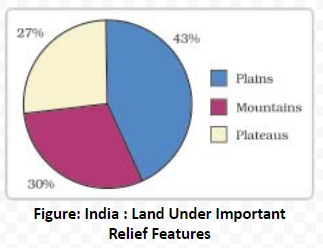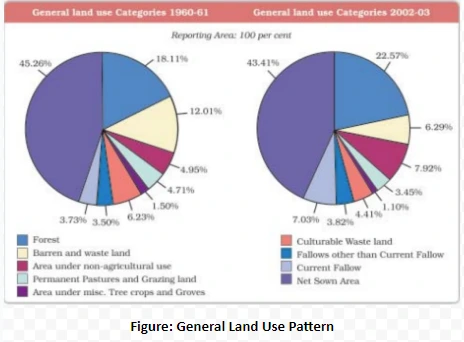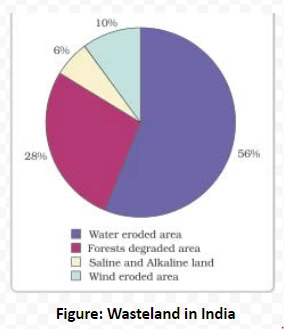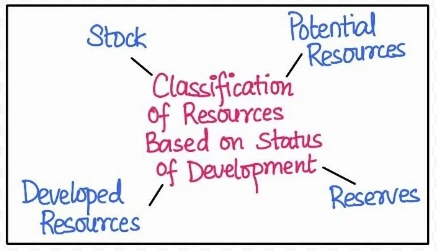![]() 16 Dec 2023
16 Dec 2023
Resource Management – There are three types of resources—Natural resources, Man-made resources and Human resources.
The basis of ownership refers to the different entities or levels of control that can hold ownership rights over resources.
Do You Know?
India has got the right to mine manganese nodules from the bed of the Indian Ocean which lies beyond the exclusive economic zone.

Do You Know?
90% of the world population occupies only 30% of land area. The remaining 70% of the land is either sparsely populated or uninhabited.
Landslides
Landslides are simply defined as the mass movement of rock, debris or earth down a slope. They often take place in conjunction with earthquakes, floods and volcanoes. A prolonged spell of rainfall can cause heavy landslide that can block the flow of river for quite some time. In the hilly terrain landslides have been a major and widely spread natural disaster that often strike life and property and occupy a position of major concern.
Mitigation Mechanism
Some broad mitigation techniques of landslide are as follows:

State of India’s Environment


Effective Resource Management is crucial for sustainable utilization of diverse resources—natural, man-made, and human. By strategically addressing ownership, land use, and development status, Resource Management becomes the linchpin for fostering balanced economic development and environmental conservation. The judicious application of Resource Management principles ensures optimized use of potential resources, safeguards against degradation, and paves the way for a resilient and sustainable future.
Also Read: Guardians of the Earth: Approach to Resource Planning and Conservation
<div class="new-fform">
</div>